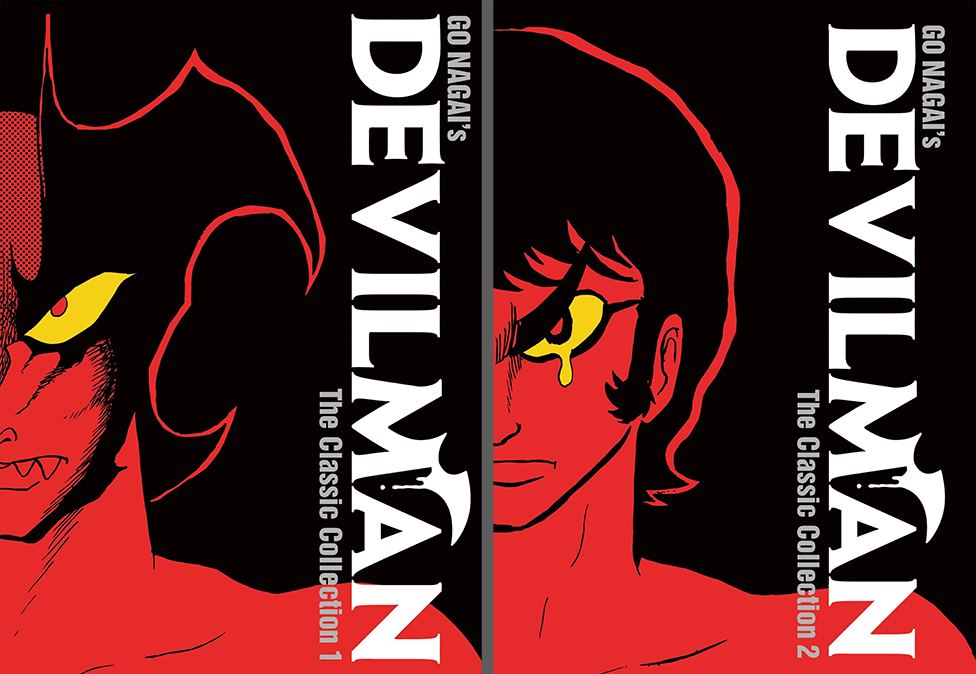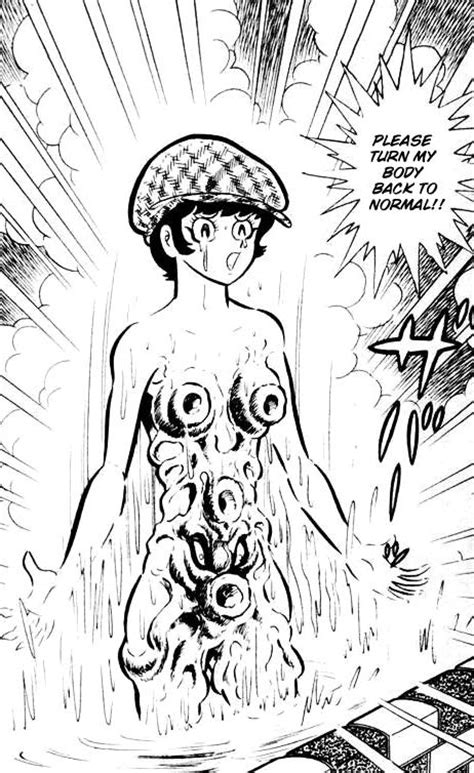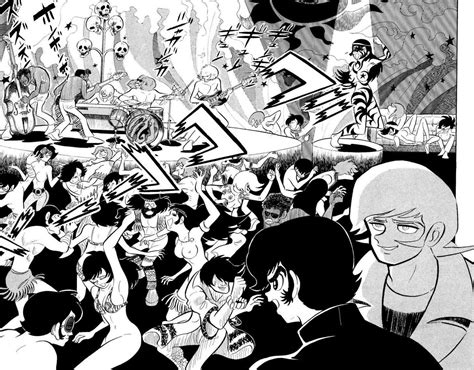 When Netflix released Devilman Crybaby last year, I enjoyed the anime, but it made me realize that although I was cursorily familiar with the character, I had never really gone back and read Go Nagai’s original manga from the early 1970s. When I found out that Seven Seas Entertainment had released Devilman: The Classic Collection in two volumes the same year, I decided to check it out. And what a ride it is.
When Netflix released Devilman Crybaby last year, I enjoyed the anime, but it made me realize that although I was cursorily familiar with the character, I had never really gone back and read Go Nagai’s original manga from the early 1970s. When I found out that Seven Seas Entertainment had released Devilman: The Classic Collection in two volumes the same year, I decided to check it out. And what a ride it is.
Long story short – and I mean it, as the two volumes comprise some 1,336 pages – Devilman is the tale of a youth named Fudo Akira who gets involved in a war between demons and the human world. In one of the early episodes, he merges with Amon, the greatest champion of all demons. But because of his pure and caring heart, instead of Amon possessing Akira’s body, Akira possesses Amon’s, becoming a Devilman – a demon with a human spirit. From then on, he pledges to use his new demonic powers to destroy all demons.
 One of the cool things about Go Nagai’s work is that he’s never felt a need to be a slave to any strict canon. He’ll put his characters in different situations and even retell their stories in what seem like entirely different universes. And true to that tendency, Devilman: The Classic Collection feels all over the map.
One of the cool things about Go Nagai’s work is that he’s never felt a need to be a slave to any strict canon. He’ll put his characters in different situations and even retell their stories in what seem like entirely different universes. And true to that tendency, Devilman: The Classic Collection feels all over the map.
For starters, the art style varies widely, from highly stylized cartooning, to sophisticated greyscale ink wash work, to a few color sections. The feel of the artwork in the various chapters differs enough that it seems unlikely they were originally published in the order they’re presented in these collections, but I can’t say for sure.
The tone of the stories varies, too. Initially we’re introduced to Fudo Akira as a wimp and a crybaby in the eyes of his would-be girlfriend, Miki. But after he’s introduced to the world of demons by his friend Ryo Asuka and becomes the titular Devilman, he’s a kind of cool-cat superhero who stomps other demons – at least, for a while.
For the next few episodes, Akira defeats a few classic demons that have appeared in various incarnations of the franchise, such as the winged harpy Sirene and Jinmen, a giant turtle-demon that absorbs its victims’ souls into its shell. There’s a later chapter where he battles spiders that attach themselves to people’s heads and control their brains. It’s all pretty standard superhero, monster-of-the-week stuff, until it takes a weird turn that almost feels like Go Nagai wasn’t sure what to do with the characters anymore.
For reasons that may or may not be revealed toward the end of the series (no spoilers here), Fudo’s friend Ryo manifests his own superpowers that cause him and Fudo to become, to coin a phrase, unstuck in time. What happens next is a series of episodes where they travel to various historical settings, inexplicably all outside Japan, and they help resolve historical problems by battling demons.
They meet Jean d’Arc. They meet (no kidding) Adolf Hitler. They meet the Greek goddess, Nike of Samothrace. They meet Marie Antoinette. They meet General Custer at Little Big Horn. None of this stuff makes a whole lot of sense in the context of a manga about demons and superheroes, but I guess Go Nagai had the stories to tell, so he used the characters from Devilman to tell them.
One of the interesting aspects of this collection is that as the story – or weird collection of stories – progresses, it becomes increasingly heavily implied that Ryo is in love with Fudo. But to say much more would start to spoil the plot.
Once we get into the thick of Volume 2, things really start to get bonkers, and the story gets back on track after all the time-traveling silliness. Humankind mobilizes its military against the demons, including super-soldiers in anti-demon armor and, yes, nuclear missiles. We’re told that the leaders of the USSR have been possessed by demons. People are falsely accused of being demons and are murdered by mobs. A giant demon-king appears in the sky. And then the actual apocalypse begins. I’ll say no more, but if you’ve seen Devilman Crybaby, you have a pretty good idea, and yet the manga succeeds in being even more crazy.

 Having read it, I honestly think this is now one of my favorite manga. If you pick it up, as with much of Go Nagai’s material, you’ll need to be prepared for some tame nudity and cartoonish gore. But for a product of the 1970s, I think it holds up admirably, with a tone that’s simultaneously action-packed, snarky and subversive. Probably much credit goes to the English translation by Zack Davisson and Adrienne Beck, which feels natural and modern.
Having read it, I honestly think this is now one of my favorite manga. If you pick it up, as with much of Go Nagai’s material, you’ll need to be prepared for some tame nudity and cartoonish gore. But for a product of the 1970s, I think it holds up admirably, with a tone that’s simultaneously action-packed, snarky and subversive. Probably much credit goes to the English translation by Zack Davisson and Adrienne Beck, which feels natural and modern.
I also appreciated the presentation of the material. Seven Seas published these collections as handsome hardcover books at a reasonable price, and with a size that gives a good view of the artwork.
All in all, I wholeheartedly recommend it. And if you like manga and you have similar recommendations for me, please leave a comment below.
